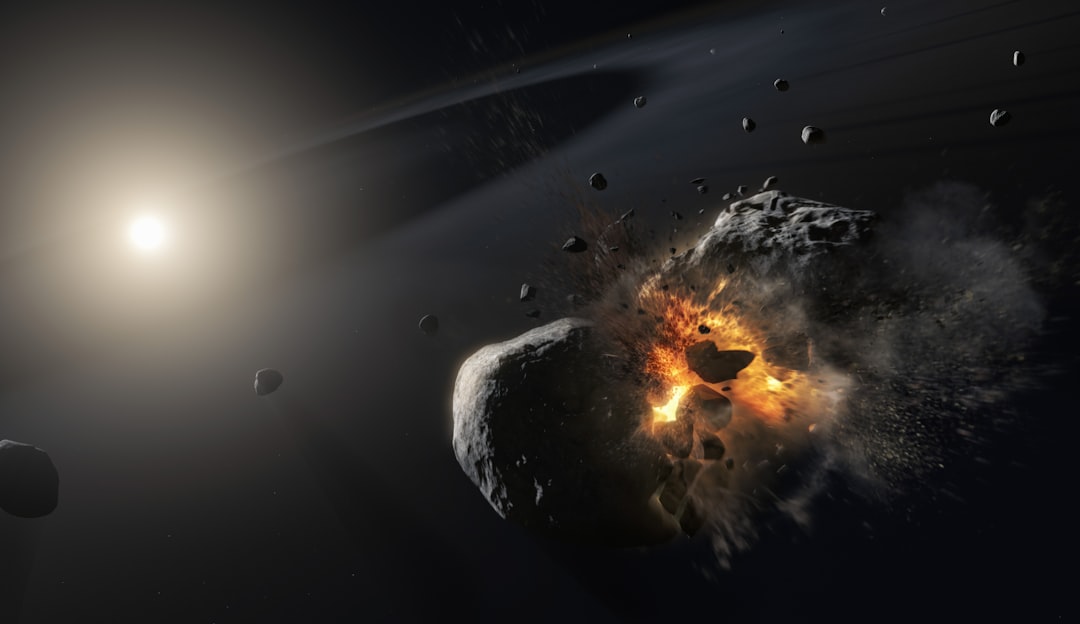In the cosmic game of hide and seek, Earth’s planetary defense forces scored a major win against asteroid 2024 YR4, turning potential disaster into a showcase of human ingenuity and collaboration. Initially deemed a ‘city killer’ with a collision probability peaking over 3%, this celestial intruder sparked a global mobilization that highlights the power of science, technology, and international unity in protecting our planet.
The Power of Science and Technology
The collective sigh of relief following the downgrade of 2024 YR4’s impact threat owes much to cutting-edge initiatives like NASA’s DART mission, which in 2022 proved we could nudge potentially dangerous asteroids off their Earth-bound trajectories. The mission, alongside the James Webb Space Telescope’s detailed surveillance and Japan’s Hayabusa2 sample-return mission, underscores humanity’s growing proficiency in near-Earth object (NEO) management.
NEO Surveyor: The Future of Planetary Defense
With the NEO Surveyor mission set for a 2027 launch, NASA is doubling down on its commitment to early detection and tracking of space rocks. This mission, aimed specifically at identifying NEOs that could pose a risk to Earth, represents a quantum leap in our planetary defense capabilities, promising unparalleled accuracy in threat assessment.
The Importance of Global Collaboration
The journey from potential calamity to calculated calm in the face of asteroid 2024 YR4’s threat showcases the indispensable role of international cooperation. The initial alarm, triggered by sparse data, was swiftly countered by a global rally for more observations, illustrating the power of collective action in planetary defense.
A Continuous Vigil
Even with 2024 YR4 no longer a concerning threat, the vigil continues. Entities like the International Asteroid Warning Network and numerous ground-based observatories remain on guard, ensuring that any changes in NEO trajectories or impact probabilities are caught early.
The Bigger Picture
The story of asteroid 2024 YR4 is more than a narrow escape; it’s a vivid demonstration of our advancing capabilities in safeguarding Earth from cosmic threats. It underlines the critical need for ongoing cosmos monitoring, technological innovation in asteroid deflection, and the spirit of global collaboration against shared dangers.
In summary, while the shadow of asteroid 2024 YR4 has passed, it leaves behind a powerful reminder of our vulnerability to cosmic phenomena and the paramount importance of readiness through science, technology, and unity. As we march forward, the legacy of 2024 YR4 and missions like NEO Surveyor will stand as beacons guiding our efforts to secure humanity’s future against the mysteries and menaces of the cosmos.
